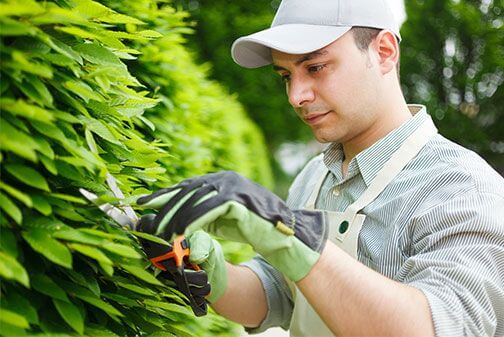Eco-Friendly Paper Recycling at Home: 6 Steps
Posted on 07/09/2025
In our increasingly eco-conscious world, taking small steps towards sustainability can have a significant impact. One of the simplest yet most effective ways to contribute to a greener planet is through recycling paper at home. Not only does this practice reduce waste, but it also conserves resources and energy. This article will guide you through six easy steps to recycle paper at home, provide tips, discuss the pros and cons, and deliver key takeaways.
Step 1: Gather Your Paper Waste
Begin by collecting all paper waste in your home. This includes newspapers, magazines, junk mail, cardboard, office paper, and any other paper products. Make sure to separate the paper from other types of recyclables such as plastic and glass.

Step 2: Sort the Paper
Different types of paper products require varying recycling processes. Sort your paper into different categories:
- Office paper
- Newspapers and magazines
- Cardboard
- Mixed paper (junk mail, envelopes, etc.)
This makes the recycling process more efficient.
Step 3: Remove Contaminants
Remove any contaminants like staples, paper clips, and adhesives from your sorted paper. These items can cause issues in the recycling process and lower the quality of the recycled paper.
Step 4: Shred the Paper
Shredding paper helps to speed up the breakdown process during recycling. Use a paper shredder or tear the paper into small pieces by hand. This is especially important for thicker materials like cardboard.
Step 5: Pulp the Paper
Place your shredded paper in a large container and add water. Let the paper soak until it becomes a pulp. You can use a blender or your hands to speed up this process and ensure all paper turns into a smooth pulp.
Step 6: Create New Paper
Once you have your paper pulp, spread it evenly on a screen or a piece of fine mesh. Use a rolling pin to flatten the pulp and squeeze out excess water. Let it dry completely. After drying, peel off your new sheet of recycled paper. It's now ready to be used for various crafts or projects.
Pros and Cons of Paper Recycling at Home
Pros:
- Reduces paper waste in landfills.
- Conserves natural resources and energy.
- Decreases pollution and greenhouse gas emissions.
- Encourages sustainable living practices.
Cons:
- Time-consuming process.
- Requires some initial setup and tools.
- May not be feasible for large volumes of paper.
Tips for Effective Paper Recycling at Home
- Designate a specific bin for paper waste to make collection easier.
- Get the whole family involved in sorting and shredding paper.
- Use recycled paper creatively in art projects or as gift wrapping.

Key Takeaways
- Start by gathering and sorting your paper waste.
- Remove contaminants to improve recycling quality.
- Shred and pulp the paper for easy recycling.
- Homemade recycled paper can be used creatively.
Conclusion
Recycling paper at home is a practical and impactful way to contribute to environmental sustainability. By following these six simple steps, you can reduce waste, conserve resources, and promote eco-friendly habits. While it may require some effort, the benefits to our planet make it well worth your time. Start small, encourage others to join in, and make a positive change from the comfort of your home.






